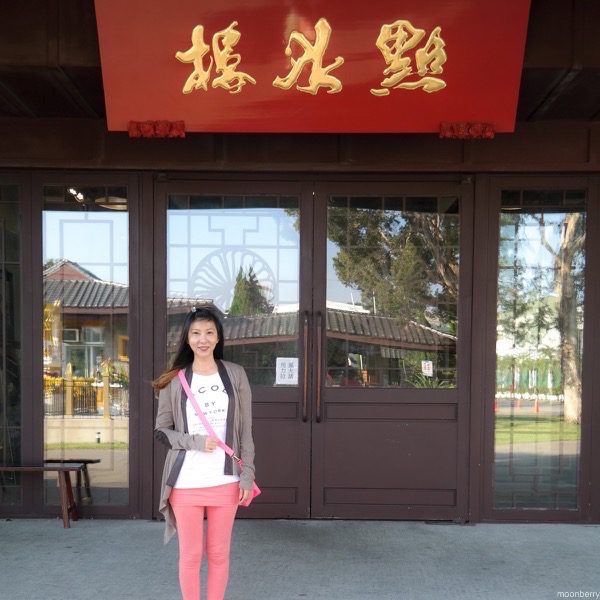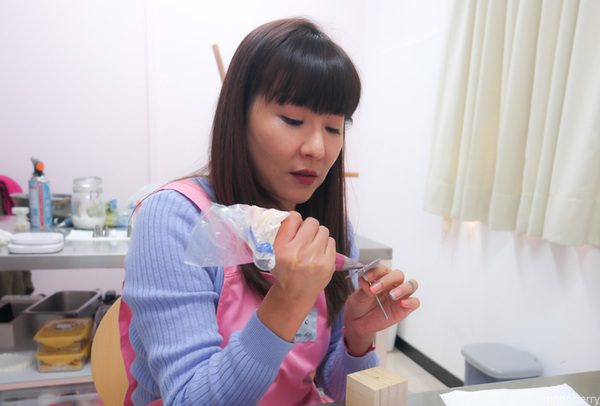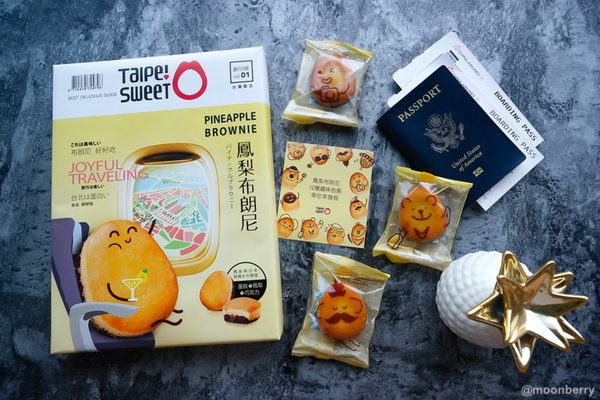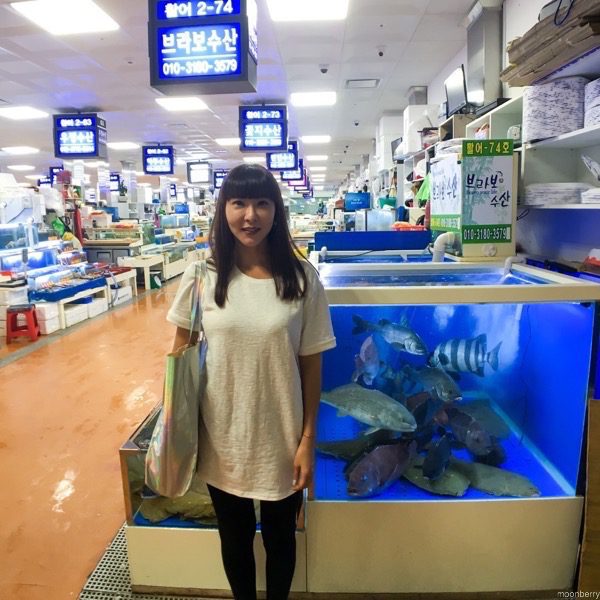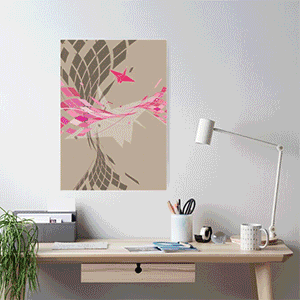I came across a Xiao Long Bao (XLB aka steamed soup dumplings) making class in Taipei, so I signed up to a weekend afternoon DIY class at Dian Shui Lou 點水樓 with family and friends.
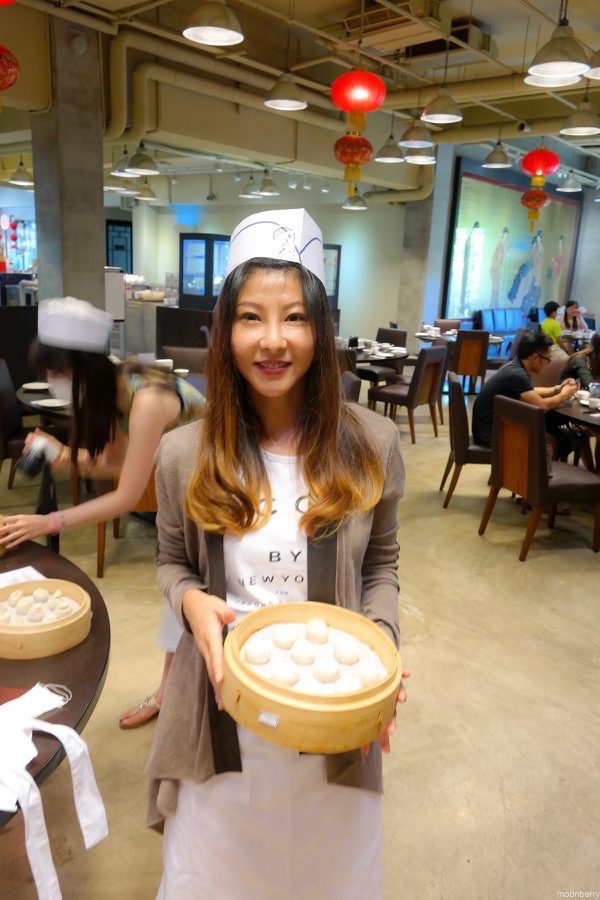
The class is super duper casual. A couple of large round tables were set aside at one corner of the restaurant as workstations and we were given a paper hat and apron. After washing our hands, we were set up with ten pre-filled dumpling skins awaiting to be pleated. One of the restaurant’s chefs demonstrated how to pleat the dumpling skin by pulling it nimbly and gently using his right fingers while simultaneously turning the dumpling clockwise in his left palm, then the pleats somehow got tucked in between. Something like that. :X
Let’s just say it looked simple when the chef did it. -___-
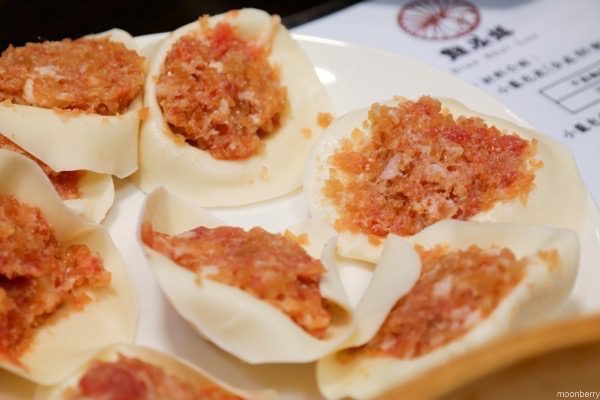
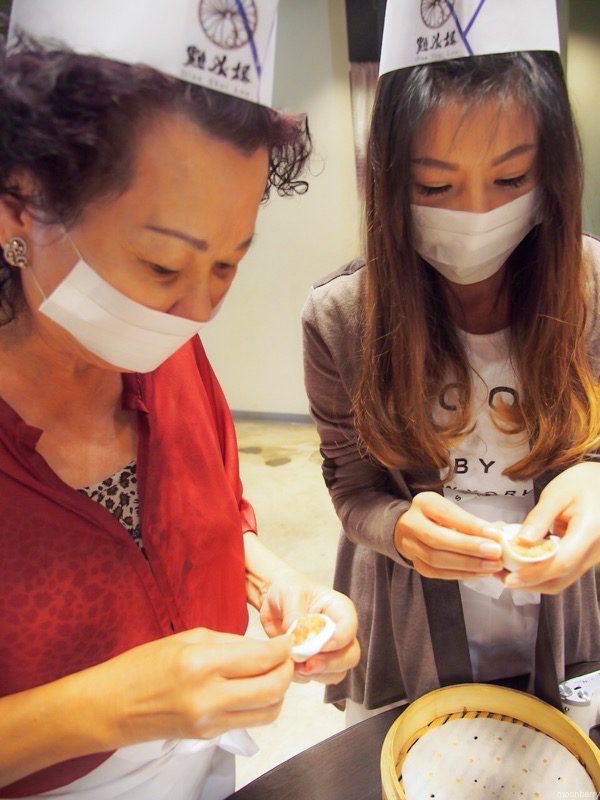
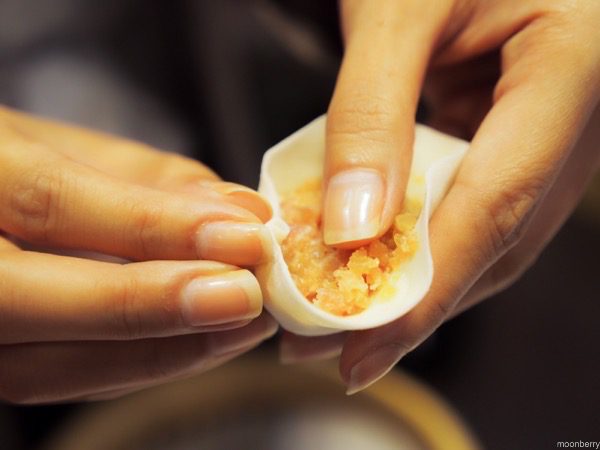
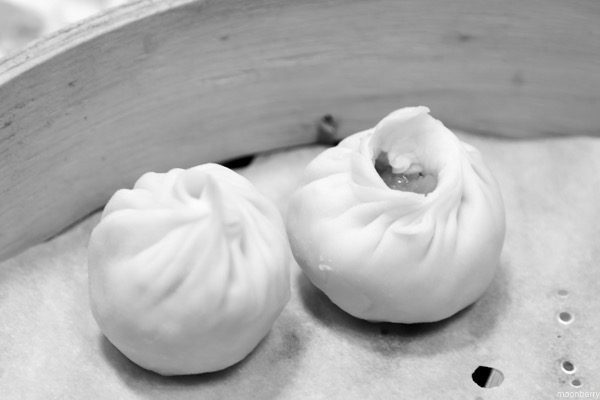
Chef’s dumpling on left. Mine on right. >_<
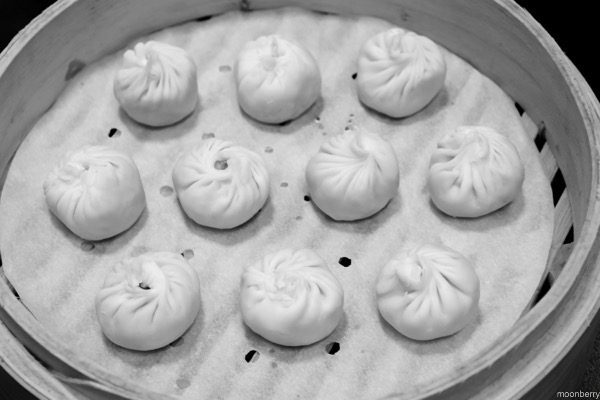
Except the ones which the chef helped me with (upper left and middle third), my dumplings looked pretty crazy all over the place. Definitely needs practice! I find XLB skin to be really thin and very delicate, it tears easily, so pulling it gently while pleating is a technique to be learned. Can’t take your own sweet time to slowly pleat either because this has to be done while the dumplings are still cold from refrigeration; particularly with any savory or meat fillings containing gelatinised soup bits, you gotta work fast. I’ll elaborate on gelatinised soup bits later.
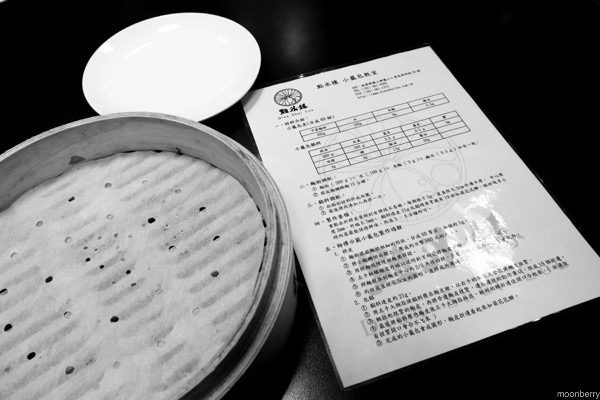
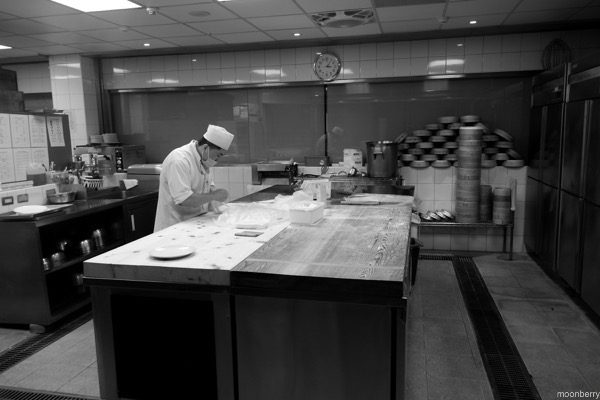
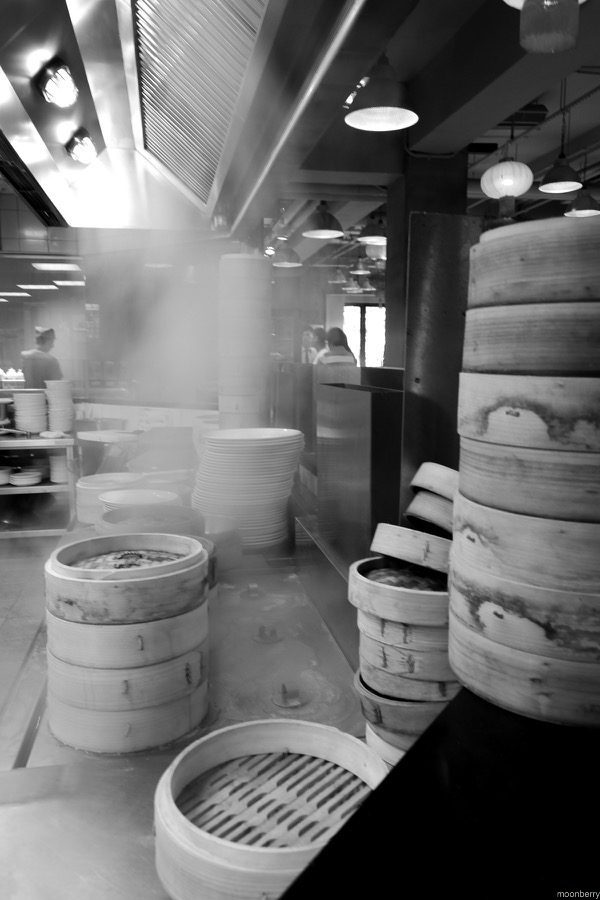
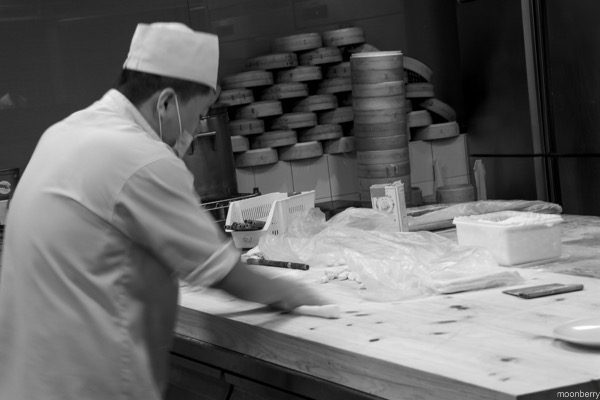
The dumplings that we all pleated got sent to the main kitchen to be steamed and ten or so minutes later, we tucked in to enjoy the fruits of our labor. I’d say that the end result was rather forgiving since every dumpling was floppy after being steamed. But still! I’m a perfectionist so I’d want to practice, practice, practice, and make these again until they all look uniform and neat.
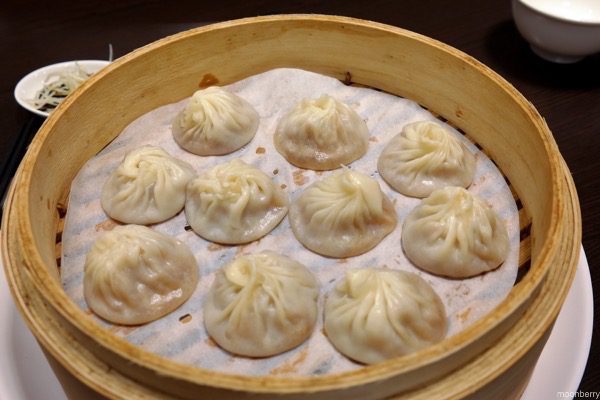
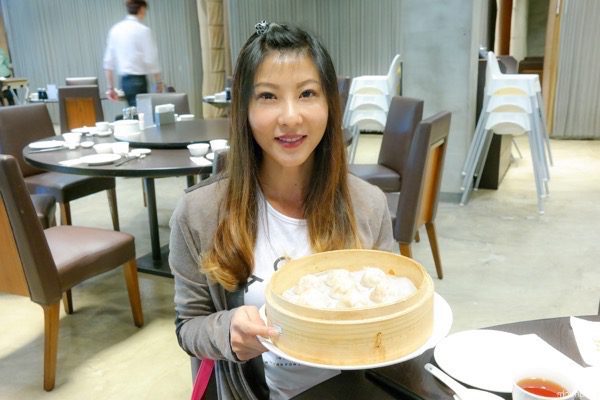
Enjoying dumplings with an array of appetizers which we ordered a la carte from the restaurant’s menu. Killed two birds with one stone: attended a DIY class + family lunch at the same time = bonding. There were other families joining this class too, many with toddlers who pleated the dumplings while the parental unit were busy snapping photos of the process.
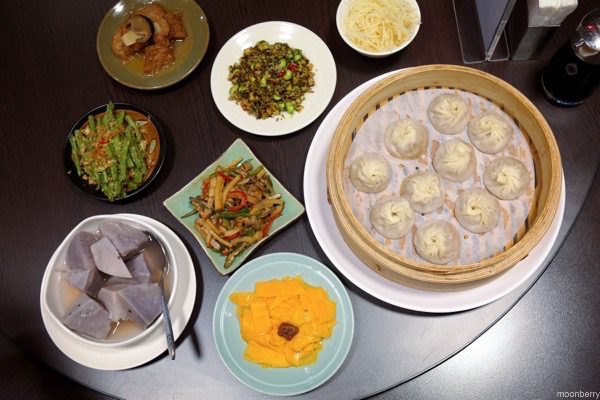
The appeal of XLB soup dumplings is the soup inside the dumplings. Two decades ago when I had my first taste of XLB at Joe Shanghai in New York, it was mind-boggling how the piping hot soup got inside the dumplings. I even had a false theory that the chef must’ve injected the stock into the steamed dumplings using a syringe (hahaha, I have a rich imagination). I found out later that it’s not even that technical or complicated. The soup is actually a super gelatinous stock that’s been cooled and chopped up into bits. These bits are then mixed with the savory meat filling and it liquifies into soup when the dumplings are steamed. In order to get gelatinous stock, either gelatin leaves are added to the stock or natural gelatin derived from animal collagen – for example: pork bones, pork feet – is used to make the stock.
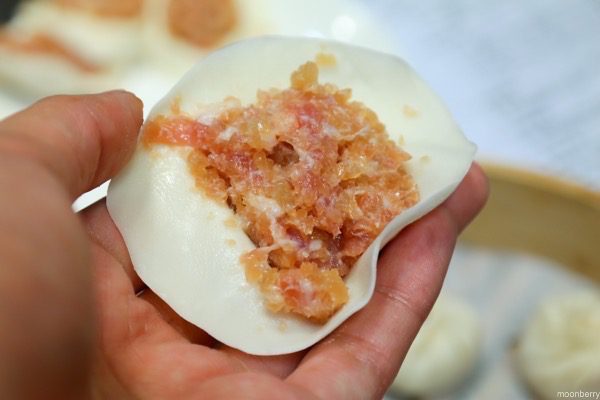
If you look closely you’ll see tiny translucent chunks of gelatinised stock mixed with the ground pork filling.
This class was an hour long but all that time was spent on learning how to pleat the dumpling skin. A recipe was provided and quantities of ingredients, along with step-by-step instructions, was printed out as reference. However, it was all written in Chinese and when we arrived to the class, we were instructed to pleat right away. So there was neither demonstration nor DIY on how to actually make the dumpling skin and how to gelatinise the stock. :( That was disappointing as I feel that getting the right elasticity of the dumpling skin is important and something I’d have liked to learn from the chef too. I’ll have to refer to this online recipe in English when I get to make soup dumplings at home next time.
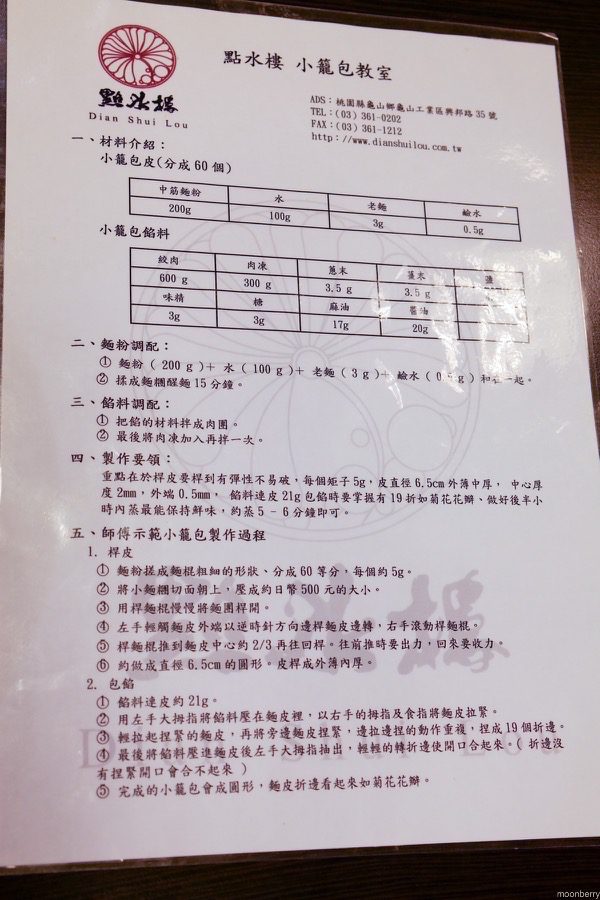
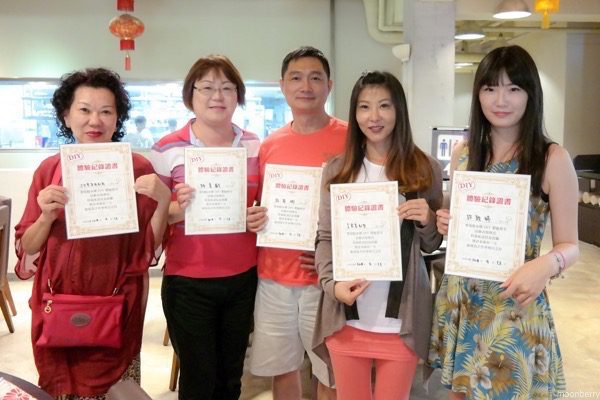
At the end of the class, every student received a certificate of completion. Hur hur hur.

Information to take a DIY Xiao Long Bao making class at Dian Shui Lou from the website: NT$330 per person, call a day ahead to make reservation. Only offered at the Tao Yuan location.
